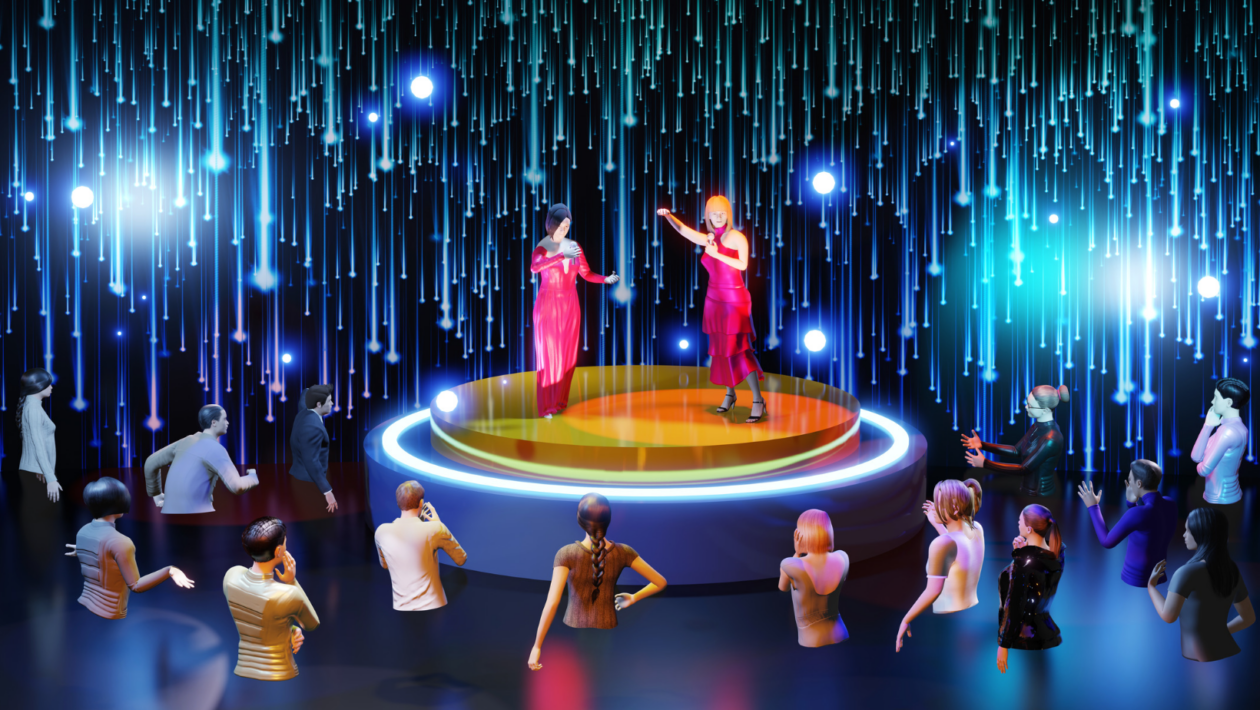The metaverse is a limitless space with endless possibilities for connection. The only problem is, there’s nobody there yet. Making the metaverse a tool for the masses and attracting more users requires it to be easy to access, affordable and most importantly, fun. To get there, we’re going to have to address some of the current pain points of the tech and quell the current skepticism.
In a world where we are beginning to see less and less in-person connectivity, the thought of “moving” into the metaverse can create even more fear that the technology is going to take over our livelihoods. Although those thoughts are valid, the intended purpose of the metaverse is to bring people closer together and to enhance our daily lives.
The key that unlocks all of this is the human element. We are ultimately the ones who will decide where the tech goes, how it is used, and what we’re able to achieve with it. So, we need to find a way for the technology to enhance and not replace our human interactions.
Barriers at the gate
If the metaverse is going to expand its reach, we have to eliminate some of the barriers to entry that inevitably turn users away. The first is equipment: Not everyone has access to a VR headset, AR glasses or special programming that will allow them to participate in the metaverse. Additionally, many of those who might be interested are turned away by the expense of having to purchase virtual property or pay to participate.
In order to bring more people into the metaverse, access should be granted from any device — and without paywalls. Our planet is now socially connected, and it’s thanks to having access to our favorite social apps not just on our computers, but on our tablets and cell phones. For the metaverse to stand a chance, it needs to be just as accessible. It also needs to be free to enter. It’s a hard sell to ask someone to pay for something they’re still not sure they want to use. In order to “sell” the public on the metaverse, first they’re going to have to be incentivized to join.
From ‘ugh’ to a better UI/UX
Currently, the metaverse is a clunky, cartoonish world that makes users feel like they are in a Sims-like video game rather than an actual social space. Paired with its complicated navigation, this creates a barrier for non-technical users or older generations that might find it too difficult to navigate.
If we’re going to bring the metaverse to the masses, we will not only need to create a smoother interface that people of any age or technical capability can use, but we’ll also need to dedicate more resources to creating an environment that is photorealistic and feels natural to be in.
A study from Forrester found that a good user interface (UI) can raise a platform’s conversion rate by up to 200%, while a better user experience (UX) design can raise the conversion rate by up to 400%. The metaverse should be intuitive and able to adapt to user needs and should look and feel like an extension of our daily lives. After all, people crave human connection, and metaverse experiences should foster that level of connectivity.
If it’s no fun, people won’t come
Let’s address the elephant in the room: The biggest challenge the metaverse is facing is that there simply aren’t enough people in it. And, to be frank, that’s fair — the development of the metaverse is still in its nascency and geared largely towards developers or Web3 natives. Not enough people from the real world have immersed themselves in the virtual world, and the reality is that they would probably feel like outsiders in the current metaverse.
We need to create a space that helps bring people together — a space that eliminates the physical distances between friends, family and peers, so that they can connect with each other anywhere, from any device they choose.
A huge element to consider is FOMO (fear of missing out). We should create metaverse experiences that make people feel like they want to be in on the action. Whether visiting a metaverse art gallery, attending a virtual concert, or seeing a city from the other side of the world without having to purchase a plane ticket, it should invoke excitement for the end user. Many metaverse applications are racing to bring a product to the table and are often putting the cart before the horse. If you build it, people will come. But we’ve got to make sure to build it with enough functionality and engagement that people want to stay.
When will we get there?
Let’s be honest: The metaverse isn’t quite ready for the masses yet, but that day is coming soon. In a matter of a few years, we went from costly international calls and snail mail to being able to connect with anyone, anywhere, through the little computers in our pockets. I truly believe that the next iteration of social connection will be through the metaverse. And while every new technology can at times be mystifying and terrifying, there’s no need to fret. The metaverse is not going to take over our lives, but it will be used as an incredible tool to connect with others as well as experience and enhance our daily existence so that we can build and create together. But for now, let’s get back to building it.





